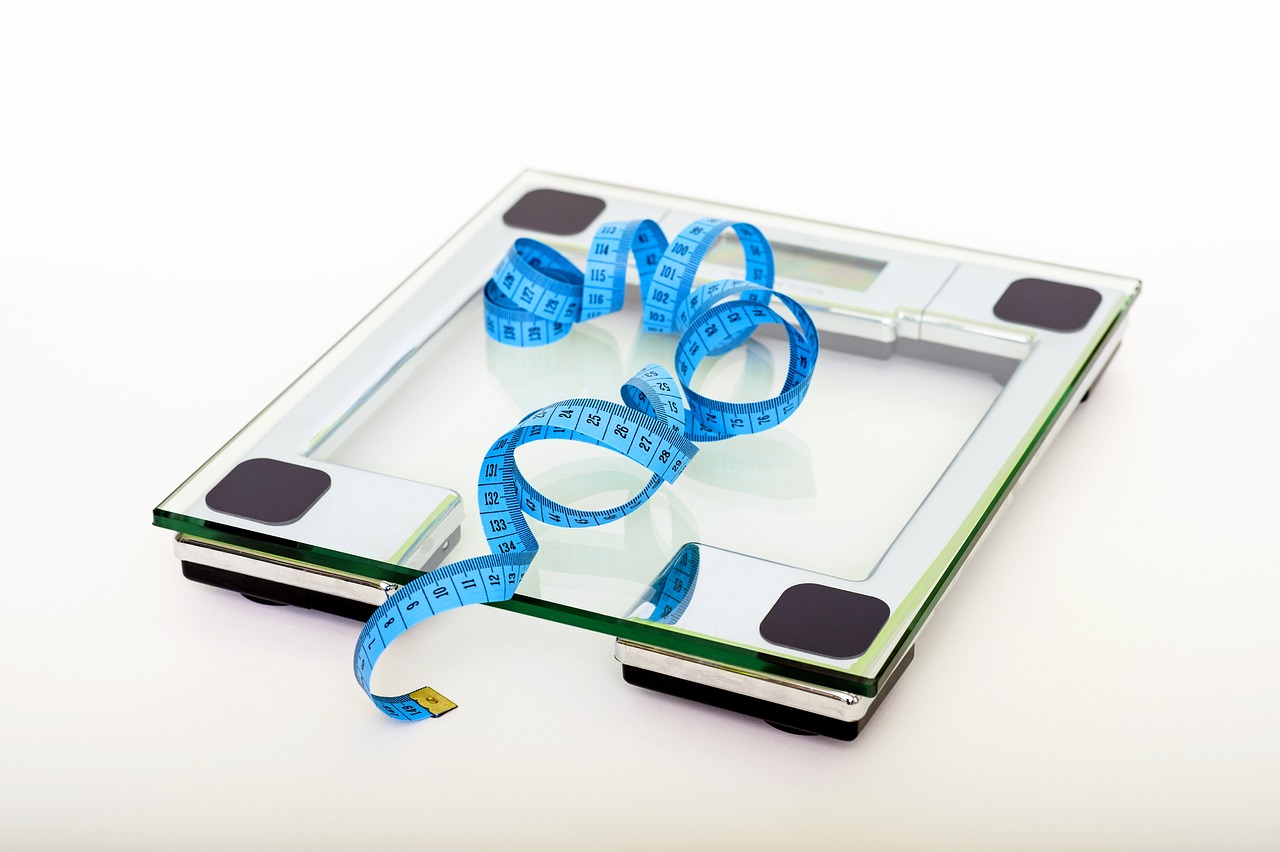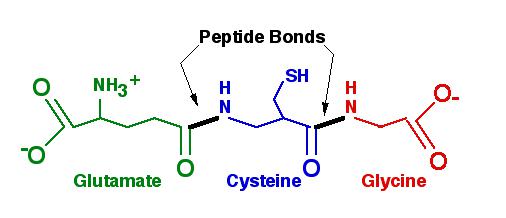


Making healthier food choices is important to manage your diabetes and to reduce your risk of diabetes complications. We know that not everyone agrees on what is the best diet. This is why we’ve reviewed all the evidence to put these tips together. We’ve focused on specific foods, to make it easier for you to put these tips into practice and to complement whatever diet you decide to follow.
All carbs affect blood glucose levels so it’s important to know which foods contain carbohydrates. Choose the healthier foods that contain carbs and be aware of your portion sizes.
Here are some healthy sources of carbohydrate:
At the same time, it’s also important to cut down on foods low in fibre such as white bread, white rice and highly-processed cereals. You can check food labels when you’re looking for foods high in fibre if you’re unsure.
Eating lots of salt can increase your risk of high blood pressure, which in turn increases risk of heart diseases and stroke. And when you have diabetes, you’re already more at risk of all of these conditions.
Try to limit yourself to a maximum of 6g (one teaspoonful) of salt a day. Lots of pre-packaged foods already contain salt so remember to check food labels and choose those with less salt. Cooking from scratch will help you keep an eye on how much salt you’re eating. You can also get creative and swap out salt for different types of herbs and spices to add that extra flavour.
We know eating fruit and veg is good for you. It’s always a good thing aim to eat more at meal times and have them as snacks if you’re hungry. This can help you get the vitamins, minerals and fibre your body needs every day to help keep you healthy.
You might be wondering about fruit and if you should avoid it because it’s sugary? The answer is no. Whole fruit is good for everyone and if you have diabetes, it’s no different. Fruits do contain sugar, but it’s natural sugar. This is different to the added sugar (also known as free sugars) that are in things like chocolate, biscuits and cakes.
Products like fruit juices also count as added sugar, so go for whole fruit instead. This can be fresh, frozen, dried or tinned (in juice, not in syrup). And it’s best to eat it throughout the day instead of one bigger portion in one go.
We know cutting out sugar can be really hard at the beginning, so small practical swaps are a good starting point when you’re trying to cut down on excess sugar. Swapping sugary drinks, energy drinks and fruit juices with water, plain milk, or tea and coffee without sugar can be a good start.
You can always try low or zero-calorie sweeteners (also known as artificial sweeteners) to help you cut back. Cutting out these added sugars can help you control your blood glucose levels and help keep your weight down. If your diabetes treatment means you get hypos, and you use sugary drinks to treat them, this is still important for your diabetes management and you shouldn’t cut this out. However, if you are having regular hypos it is really important to discuss this with your diabetes team.

Making healthier food choices is important to manage your diabetes and to reduce your risk of diabetes complications....


Try your Bemer therapy today. Improved results with daily use. Purchase a pack of 5 and get the 6th free....

Dr. Kaplan is working out of a couple of clinics. Please Contact us for more information....

Dr. Kaplan is working out of a couple of clinics. Please Contact us for more information....

Located in Phoenix and Chandler, Arizona, Doctor Kaplan is making waves in the medical world...

The Phoenix Pro is a brand new, at-home device that uses FDA approved acoustic waves to repair blood vessels and maximize blood flow....


Reasons why we gain weight: Excessive caloric intake ,Lack of physical activity,...

Giving the body the precursors can help the body to make glutathione: N-Acetyl Cysteine,...